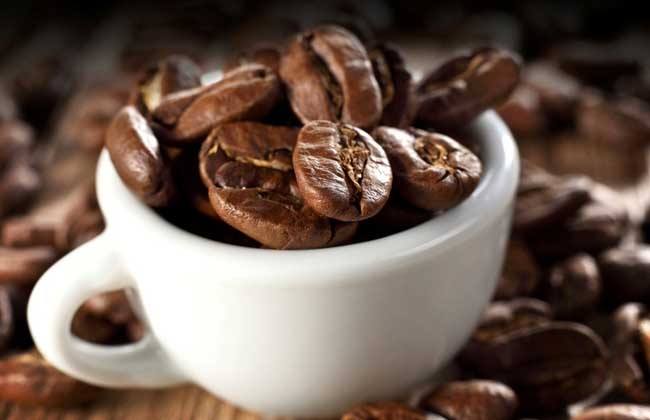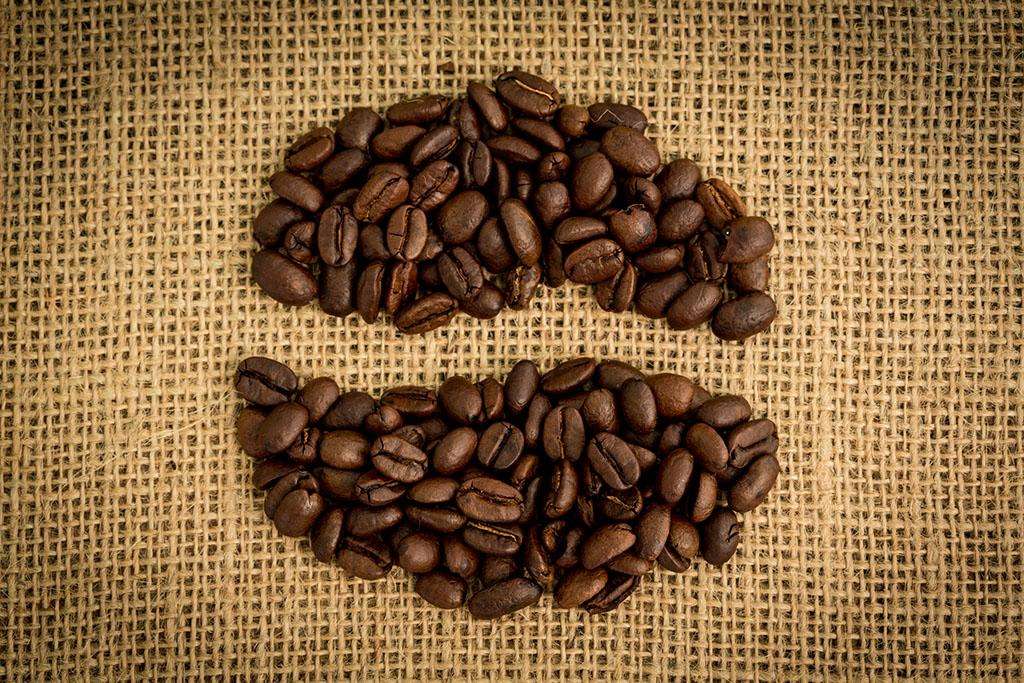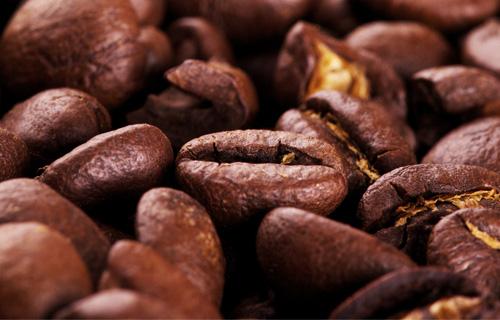Panamanian Coffee Source, brief introduction of Panamanian Coffee History
Follow the caf é (Wechat official account vdailycom) and found that Beautiful Cafe opened a small shop of its own.
When it comes to Panama, maybe most people only know the Panama Canal and don't know Panamanian coffee. The main producing area of Panamanian coffee is located near the Baru volcano in the west. The emerald estate of Boquete, a small town in the east of the volcano, is famous all over the world, and the west side of Vocan is also the No. 2 coffee town, where the famous Carmen Manor is located.

It was the construction of the Panama Canal 100 years ago that attracted a large number of senior European intellectuals. After the completion of the construction of the canal, a large number of senior engineers stayed because they were infatuated with the excellent climate in western Panama and bought a manor in Pokaidee. It opened a precedent for the cultivation of boutique coffee in Panama. But the early Panamanian coffee was not famous and produced little. But why did geisha suddenly become popular in 2004 and occupy the top coffee list for a long time? It starts with the origin of a geisha.
Panama's geographical conditions from east to west allow cold air to flow through the Central Mountains at more than 6500 feet, thus forming a variety of unique microclimates in places such as Boquete, Volc á n, Candela and Santa Clara, coupled with nutritious and balanced volcanic ash soil, these areas have also become Panamanian coffee and famous producers of the world's top boutique coffee.
Coffee cultivation in Panama began with the first batch of Typica coffee seedlings brought by Europeans in 1780, and today it has been developed and planted with Typica, Caturra, Catuai and Geisha varieties, producing jasmine, citrus, ripe fruit, berries, caramel, special sweetness, vanilla, chocolate and other flavors. According to the variety, the output of Panamanian coffee is small, only 240t per year, and Geisha is less than 5%. Panamanian coffee is mostly washed, refreshing and clean can highlight the citrus aroma of geisha, but in recent years, sun-dried geisha is also quite bright, and the transaction price often exceeds that of water washing.
The Emerald Manor brings geisha to coffee drinkers all over the world. before setting off the rosy summer red cap, she turned out to be a member of the windbreak on the edge of the coffee forest. Geisha varieties of coffee below 1400m above sea level have a mediocre flavor and a very low yield and have no economic value. However, if planted in an altitude area above 1500m and tempered by the cold wind, it will show a unique flavor spectrum. Emerald Manor owner Peterson and his son stumbled upon the secret and set out to plant Geisha independently and participate in the 2004 BOP competition with Hara Miyou selection (Jaramillo Special), which brought out the world geisha craze.
Where exactly does Geisha come from?
According to the data of all parties, the spread route is roughly as follows: in 1931, the British envoy went to Geisha Mountain in Ethiopia to collect disease-resistant bean seeds-- 1931-1932 seeds were spread to Kitale in Kenya under the names of Geisha and Abyssinian-- young plants were transplanted in 1936 to the Ryan Mugu Coffee Research Institute (Lyamungu) in Uganda and Tanzania-1953 Costa Rica's CATIE Coffee Research Institute has repeatedly introduced young plants from Ryan Mugu and other countries-Don Bach, a coffee farmer in Panama, introduced disease-resistant geisha varieties from CATIE in 1963. Although there are materials to prove it, geisha have been around for decades, it is difficult to determine whether today's geisha are the seeds introduced at that time, and whether they have experienced hybrids is no longer known.
The unique orange flavor of a Panamanian geisha is so moving that it has "the orange fragrance gene kissed by God". It must have benefited from the good mountains and water of Panama. The low temperature and stable climate at high altitude makes the coffee here grow slowly and the beans are hard. All have a unique and strong flavor. Although geisha is good, its output is really limited. The annual production of geisha in Jade Manor is less than 12 tons, and the top grade is no more than 200 to 300 kilograms, so it is difficult to meet the taste buds of coffee lovers all over the world. as a result, major well-known producing areas around the world have stepped up the trial of geisha, trying to show different landforms and different flavors of geisha, which is very good. Coffee worms have a good taste.
Panama has a world-famous boutique coffee estate, needless to say the La Esmeralda estate in the Boquete district on the east side of the volcano. Geisha Mario, produced by Jaramillo, and Geisha Montana, produced by Kania Canas Verdes, have set new geisha auction records. Geisha Arista Agrario, produced by Finca la Valentina in the same district, won the 2011BOP championship. Carmen Manor (Carmen Estate) in Volcan District on the west side is no less than Carmen Manor, and its boutiques have been ranked among the top five in BOP competitions for many years.
Panamanian coffee, a large number of boutique, especially the reputation of one of the geisha Shuangjiao, orange honey taste fascinating, boutique coffee pilgrims must worship!
Important Notice :
前街咖啡 FrontStreet Coffee has moved to new addredd:
FrontStreet Coffee Address: 315,Donghua East Road,GuangZhou
Tel:020 38364473
- Prev

Panamanian Coffee Farms
Pay attention to the coffee comment (Weixin Official Accounts vdailycom ) and find that the beautiful cafe opens its own small shop. The marine climate is a huge system covering the whole hemisphere. Some Caribbean currents originate as far away as Iceland, while some Pacific east-west currents originate half a world away off the coasts of Japan and Indonesia. In Panama, this is less than 100 kilometers wide.
- Next

The characteristics of Manning Coffee and a brief introduction to the History of Manning Coffee
Following Cafe Review (official Wechat account vdailycom) found that Manning Coffee has a strong taste, full-bodied and rich and lively, neither astringent nor sour, and the mellowness and bitterness can be fully revealed. The appearance of Mantenin coffee beans can be said to be the ugliest, but coffee fans say the more ugly Sumatran coffee beans are.
Related
- Detailed explanation of Jadeite planting Land in Panamanian Jadeite Manor introduction to the grading system of Jadeite competitive bidding, Red bid, Green bid and Rose Summer
- Story of Coffee planting in Brenka region of Costa Rica Stonehenge Manor anaerobic heavy honey treatment of flavor mouth
- What's on the barrel of Blue Mountain Coffee beans?
- Can American coffee also pull flowers? How to use hot American style to pull out a good-looking pattern?
- Can you make a cold extract with coffee beans? What is the right proportion for cold-extracted coffee formula?
- Indonesian PWN Gold Mandrine Coffee Origin Features Flavor How to Chong? Mandolin coffee is American.
- A brief introduction to the flavor characteristics of Brazilian yellow bourbon coffee beans
- What is the effect of different water quality on the flavor of cold-extracted coffee? What kind of water is best for brewing coffee?
- Why do you think of Rose Summer whenever you mention Panamanian coffee?
- Introduction to the characteristics of authentic blue mountain coffee bean producing areas? What is the CIB Coffee Authority in Jamaica?

